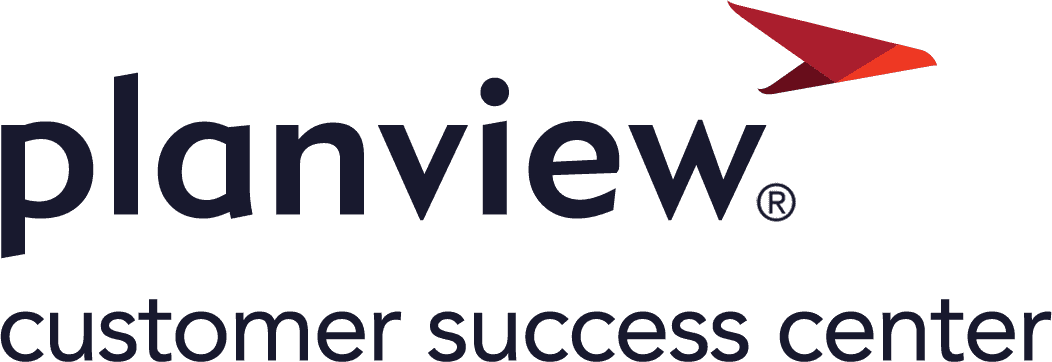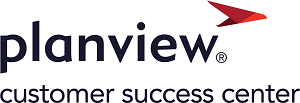Track actuals with timesheets
When projects are large and many resources contribute to your projects, tracking actuals directly from the Work Plan becomes cumbersome and overtime can be less accurate. As a Best practice, Resources can use Timesheets and track actual minutes, hours and/or days of work on individual work items. It is recommended that data is provided as accurately and timely as possible so you can have the most accurate progress, utilization and cost metrics on your projects.
Once time entries (work duration + details) are entered for a given time frame, the Timesheet can be submitted to your project manager or direct manager for approval. As soon as approval is granted, the hours are reflected in the related project and percentage complete is shown on individual work items. Actual effort is automatically updated from the approved time reported by the labor resources and actual cost and actual revenue derived automatically. Learn more about timesheets
In this scenario, Project Managers created a work plan, estimates, and organizational rates were setup by your administrator. Team Members are reporting time in AdaptiveWork for the tasks they are assigned to. In addition to timesheets reporting for calculating Actual Effort, Project Managers can use Organizational Billing and Cost Rates to calculate Budgeted and Actual Cost, Actual and Expected Revenue. AdaptiveWork will automatically derive the expected margin, CPI, budget status, other tracking indicator, and Profit values.
To calculate Project Budget and Actuals with Organizational Rates and Timesheet reporting:
- Log in as a Project Manager.
- From the Project module, open your project and view its details.
- In the Grid view of your Work Plan, add the Work, Budgeted cost and Expected revenues fields.
- Add Tasks and schedule resources.
- For each Work Item that is billable, add manually a value for the Work column.
- The budgeted cost (Planned Work * Hourly Cost Rate) and expected revenue (Planned Work * Hourly Billing Rate) are automatically calculated. Note that Budgeted cost and Expected revenues fields rolls up from lowest level to the parent work item. Note that the Organization Rates are applied in this scenario.
- In the Grid view of your Work Plan, add the Actual Effort, % completion, Actual Cost, and Actual Revenues fields.
When work is delivered, Team Members report time for assigned tasks using the Timesheet module. The Actual Effort column is automatically updated with the reported hours for each resource and reflect the actual time spent for each work item assignment. % Completion column is derived automatically from the Actual Effort.
- The Actual cost (Actual Effort * Hourly Cost Rate) and actual revenue (Actual Effort * Hourly billing Rate) are automatically calculated. Note that Actual cost and Actual revenues fields rolls up from lowest level to the parent work item. Note that the Organization Rates are applied in this scenario.
That's it!
AdaptiveWork will calculate automatically CPI, RPI, Planned Profit, Profit, Earned Value, and % Profitability.

